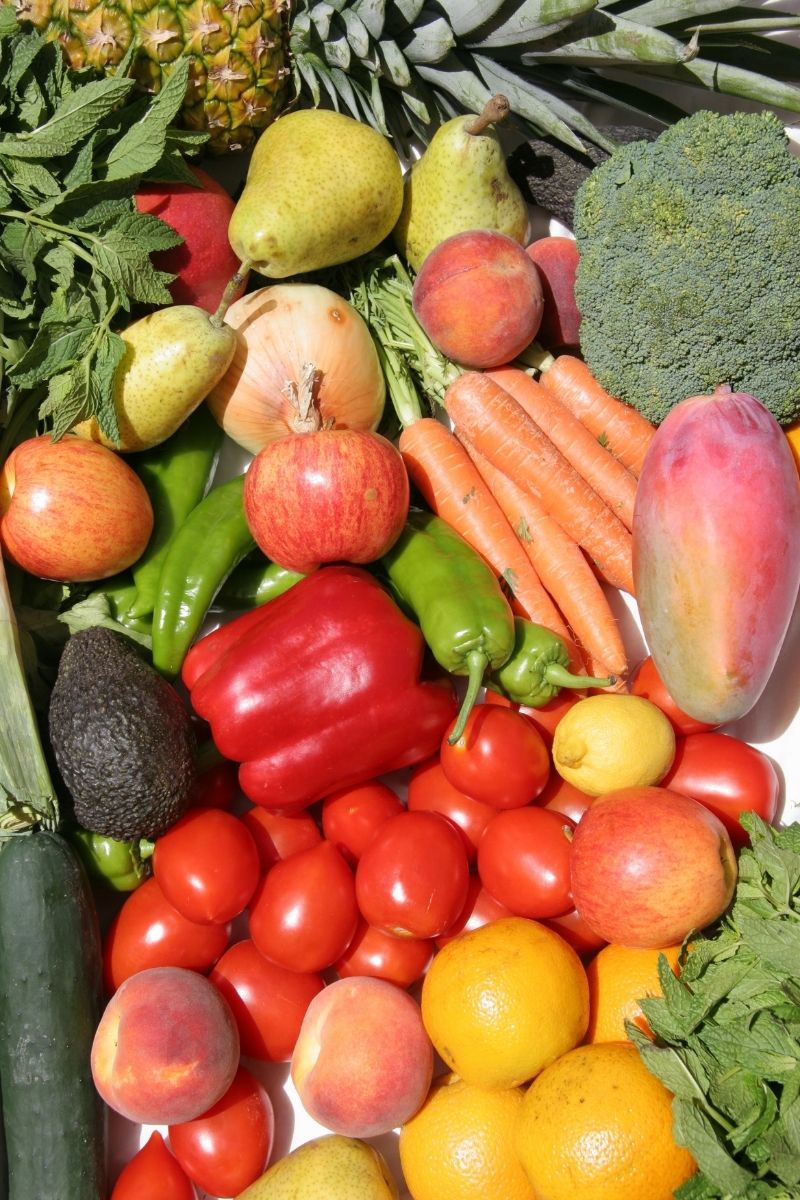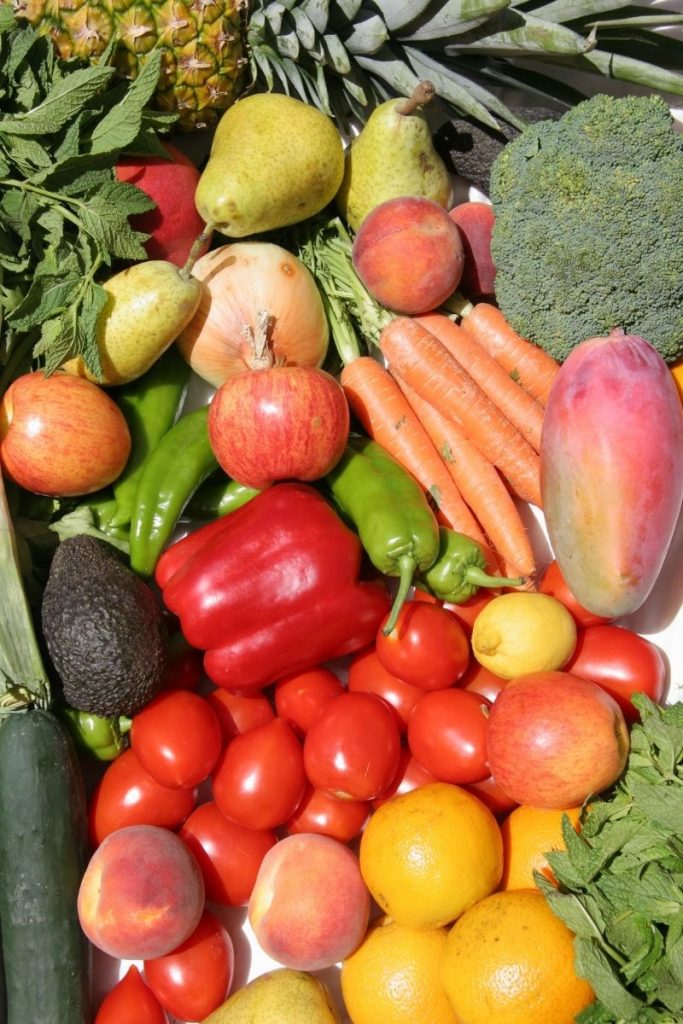
Why The Government Does Not Have Our Best Interests At Heart
This week the government announced that it was delaying bringing in restrictions of buy one get one free offers on highly processed food as well as free soft drink refills for 12 months.
The reason for this…. “allows us to understand its impact on consumers in light of an unprecedented global economic situation”
They’re concerned that the cost of living has risen so high that now is not the best time to restrict offers on cheap goods (it shouldn’t be called food).
This is utterly irresponsible of the government and will be terribly damaging to children and adults’ health and even those yet to be born. The NHS (already in massive crisis) will see an exponential increase in obesity-related illnesses and diseases because of this delay.
It’s like taking a mortgage holiday, like some of us took during the lockdown. It came in very handy, but while we were not making mortgage payments, we were still racking up interest on our remaining mortgage balance. When the payment holiday ends, our outstanding mortgage balance and mortgage payments will be higher than they were before the holiday.
The same could apply to global warming, delay any action for 12 months and the problem becomes x times worse to deal with.
The government are booting public health down the road to deal with later. And it’s not right.
I get it, we’re all feeling the pinch of the current crisis and for many in the UK sadly it’s a choice between heating and eating. But here’s what I would do if I were Prime Minister for the day to address both issues.
We’re a nation ADDICTED to sugar, and we need to wean ourselves off. If we continue the way we’re heading, I cannot begin to imagine how bad public health will be in five- or ten years time, it’s worrying.
I am a firm believer that sugar and highly processed foods are one of the top causes of our disease and obesity epidemic and it’s high time we quit them.
Matt Jordan – the Energy Coach



